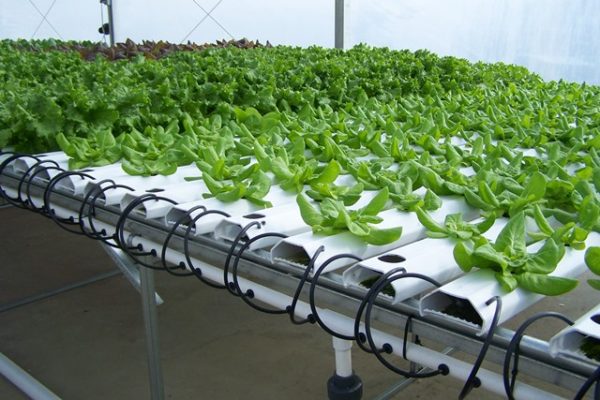Hydroponics is a relatively young way of growing flowers, vegetables and other plants without soil, by means of an aqueous solution. Although the very first attempts to grow plants in artificial soil have been known since ancient times. What fertilizers are necessary for plant organisms for their full development, what useful elements should be present in the soil - these and many other important issues were found out, namely, growing various crops using the method of hydroponics.
Table of contents
What fertilizers are best suited for hydroponics
Habitual fertilizers for soil are significantly different from fertilizers that are used for growing crops using the hydroponic method. Fertilizers for soils contain only the main part of the useful elements, while other plant organisms themselves can be taken from the soil. Such fertilizers are not suitable for hydroponics, since their composition is too limited.In addition, some trace elements in the solution become inaccessible to the root system of plants, form a precipitate, are blocked by other elements, and even cause various diseases.
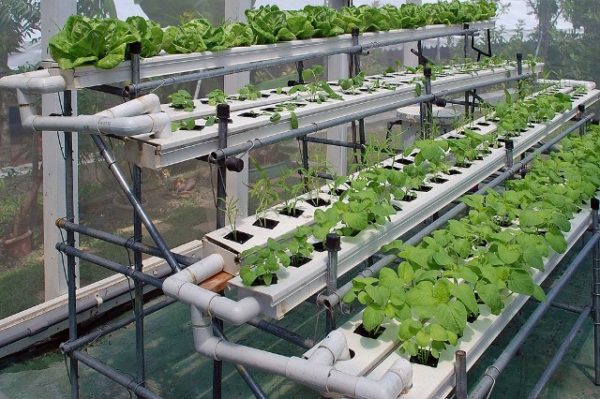
Therefore, for hydroponic solutions, formulas are specially calculated that contain a wide range of necessary components in an accessible form and in specific quantities. Trace elements in the composition of fertilizers are in the form of sulfates or chelates (derived from the Greek and means "claw").
These are artificially obtained molecules that hold nutrients, and plants gradually consume them from solution. Chelates are the most expensive components of fertilizers, but they are necessary, as some elements remain in solution only because of them.For example, such a vital trace element as iron.
How do plants get their food
Scientists had to work for decades to determine exactly which substances the roots of plants absorb from the soil for growth, development and fruiting. This or that microcell was added to pure water, and its influence on a plant was studied. Thus, it was possible to determine the main nutrients, additional trace elements and their effects on various stages of crop development.
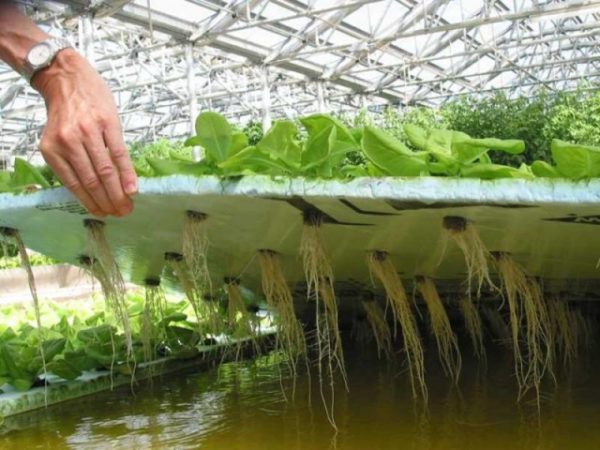
At first, the plants were grown directly in an aqueous solution, but then it turned out that the roots were experiencing oxygen starvation. Then it was decided to place the root system in a substrate placed in vessels with large openings, and already these vessels (mesh plastic pots) were placed in larger vessels with nutrient solution. This system allows from time to time to easily replace the solution in violation of its balance.
The substrate is any kind of soil substitute (crushed stone, gravel, sand, sawdust) that does not contain nutrients, but only is a support for the roots. The development of plants in hydroponics occurs many times faster due to the fact that they do not need to look for food in the soil. All useful and necessary for the development of substances available to the roots of the maximum and are easily accessible form of the solution, which is easily absorbed by them.
Classification and types of hydroponic fertilizers
All fertilizers used for hydroponics can be divided into two main groups:
- organic fertilizers;
- mineral fertilizers.
Since all nutrient solutions are applied to water, complex mineral fertilizers are usually used for hydroponics.
There are several well-known manufacturers with a world name, which produce mineral fertilizers, compiled by perfect formulas and including exactly calculated number and number of components.General Hidroponics Europe's Flora Series fertilizers are the undisputed leader for both hydroponics and soil.
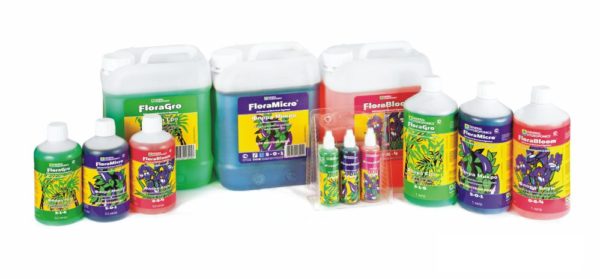
Solutions of these fertilizers are constantly and very slowly, creating an imitation of the repetition of natural processes occurring in the soil. This method is also called "bioponika". Essentially, organic fertilizers are much softer effect on the root system, exclude aggressive effects.
| Name | Brief description, composition | Mode of application |
| Greenworld Spezialdunger Hydrokultur | High-quality German fertilizer, which is widely used in hydroponic systems. Promotes healthy growth of plants, makes the leaves juicy and lush, prevents yellowing. Contains: - 4.5% nitrogen; - 6% potassium; - 4.5% phosphorus; - other elements (boron, copper, iron, manganese, molybdenum, zinc). |
3 ml of solution (this is a quarter of the cap) is dissolved in 2 liters of water. With every second irrigation, fertilizer is added to the water. |
| Guanokalong Extract 1 lt. | Universal natural fertilizer made from bat excrement.Differs in that it contains elements that control the feeding of plants. In addition, the fertilizer improves the taste of the crop. Composition: - 2% nitrogen; - 1% calcium; - 1% magnesium; - other elements (phosphorus oxide, manganese, potassium peroxide, sulfur, copper, zinc, chlorine). |
Fertilizer is used weekly and diluted with water in the proportion of 10 ml / l (for seedlings), 20 ml / l (during the growing season) or 20-30 ml (during flowering). |
| Floraduo bloom | French complex, providing plants with everything necessary during the flowering / fruiting period. It is a mineral two-component feeding, designed for fast-growing crops. Contains the following elements: - 1% nitrogen; - 5% phosphorus oxide; - 3.5% potassium perperoxide; - 3% magnesium oxide; - other components (iron, zinc, boron, manganese, molybdenum). |
To obtain the desired effect, it is enough to dilute the drug in a ratio of 4 ml / l of water. |
| POKON | Ukrainian-made fertilizer for all deciduous non-flowering crops. It has a high concentration of nutrients, thereby allowing significant savings. However, it can also be used for other hydroponic plants, but subject to the manufacturer’s dosage. Contains: - 8% nitrogen; - 3% phosphoric acid; - 5% potassium oxide; - other trace elements (zinc, boron, molybdenum, copper, manganese and iron). |
Use once a week in a proportion of 10 ml / l of water. In winter, the dosage should be reduced to 5 ml. |
Nutritional solutions do it yourself
Solutions for fertilizer for hydroponics can be prepared with your own hands using well-known, well-proven formulas. All components - most often salts of mineral elements - are kept separate before mixing, in a tightly closed container, in a dry form or dissolved, ready for mixing.
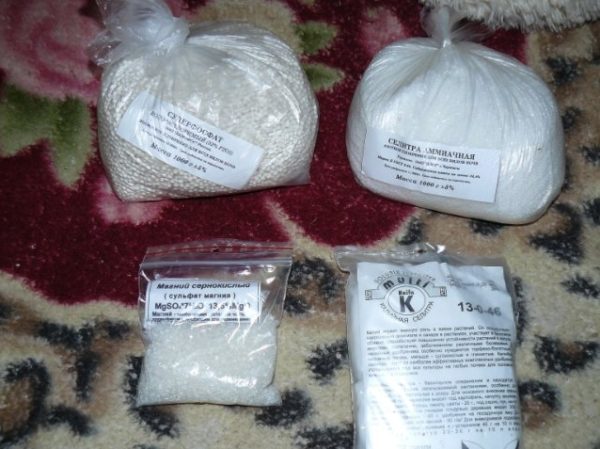
Each of the components is alternately applied to the solution without mixing the concentrated ingredients with each other. Iron salts are dissolved immediately before the preparation of liquid mixtures.
To prepare the solution, each substance must be taken in a strictly defined amount.. For most plants, nitrogen-phosphorus-potassium-magnesium in the ratio 1: 0.5: 2: 0.3 constitutes the basis.
Pour 700-800 ml of water into a separate vessel, add diluted salt solution to it, mix well, then add the following, etc.When all the ingredients are mixed in one vessel, you can add water to the desired volume (1l). In a properly prepared solution should not be sediment.
